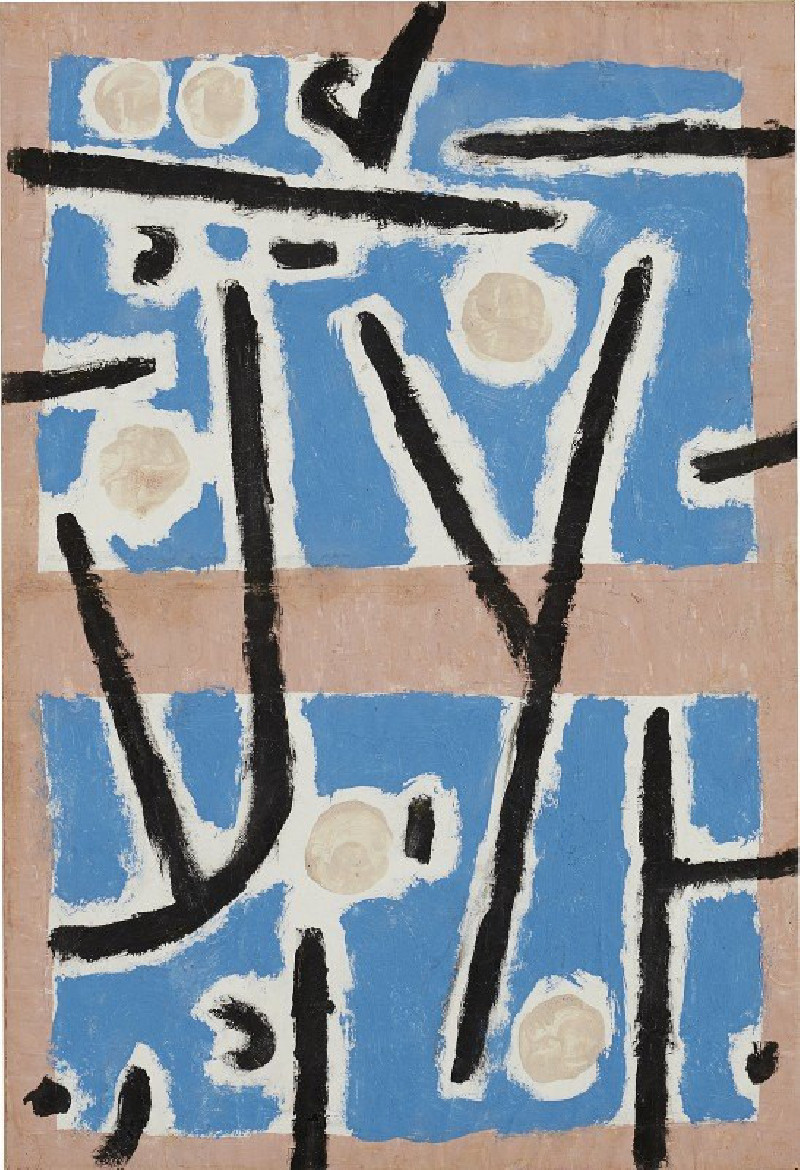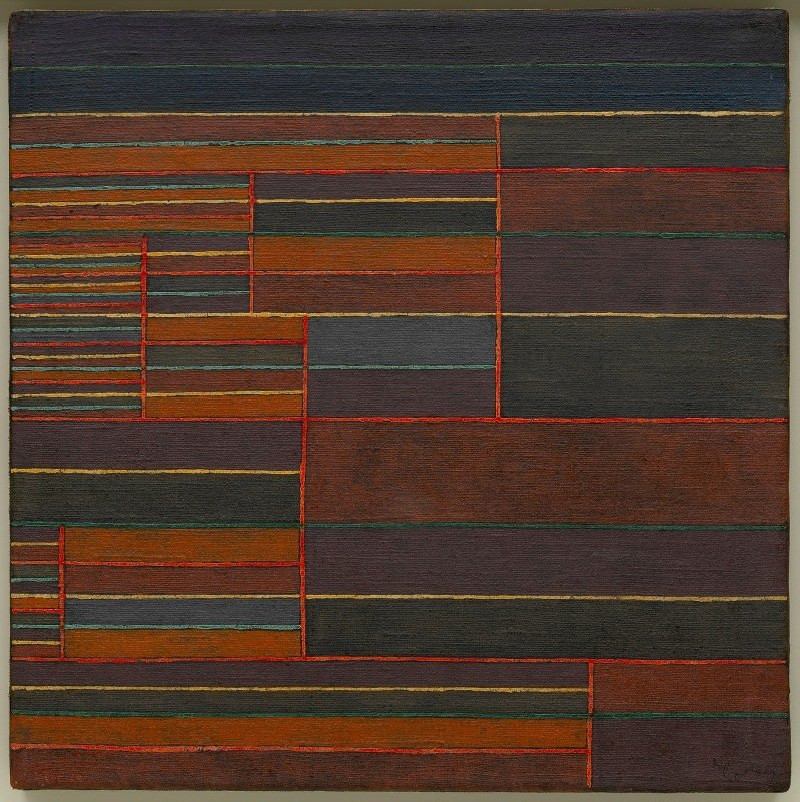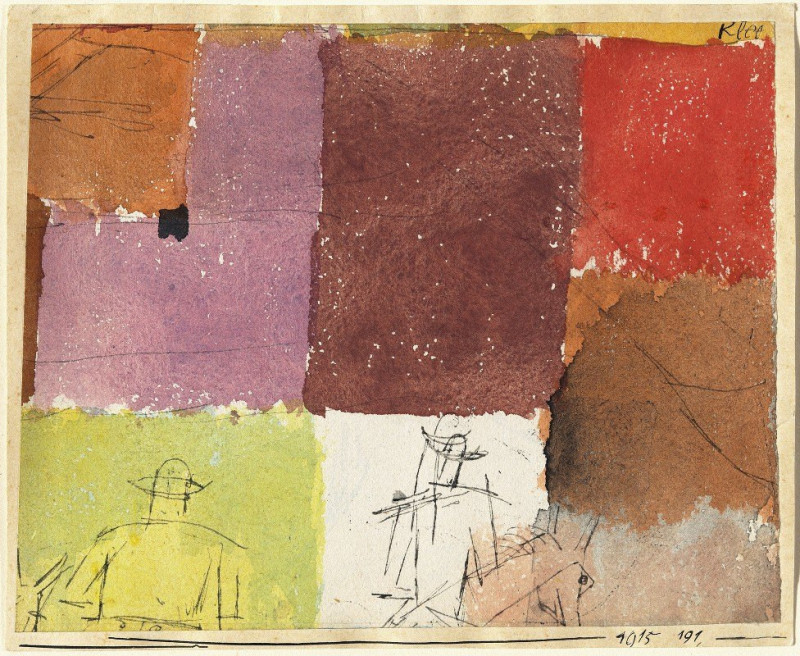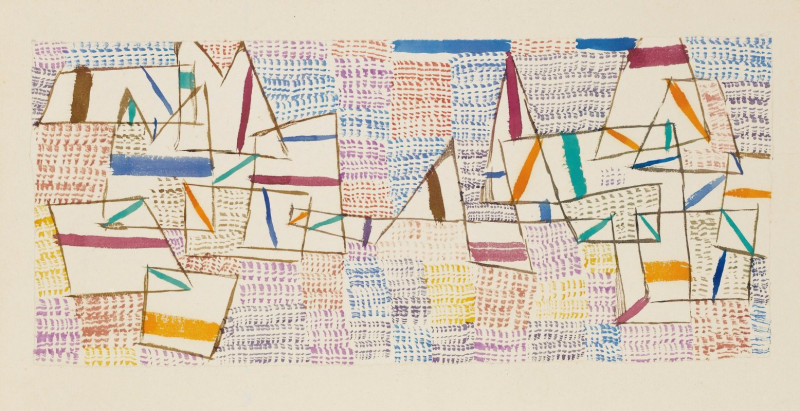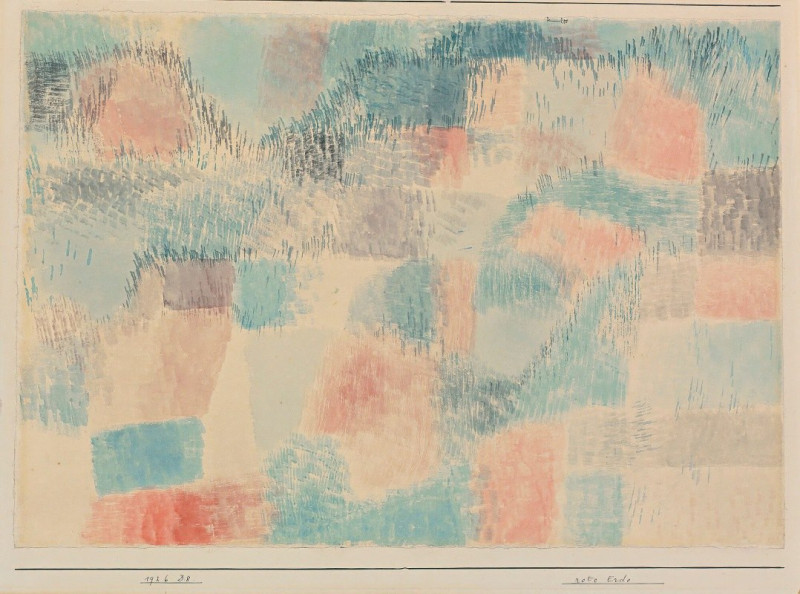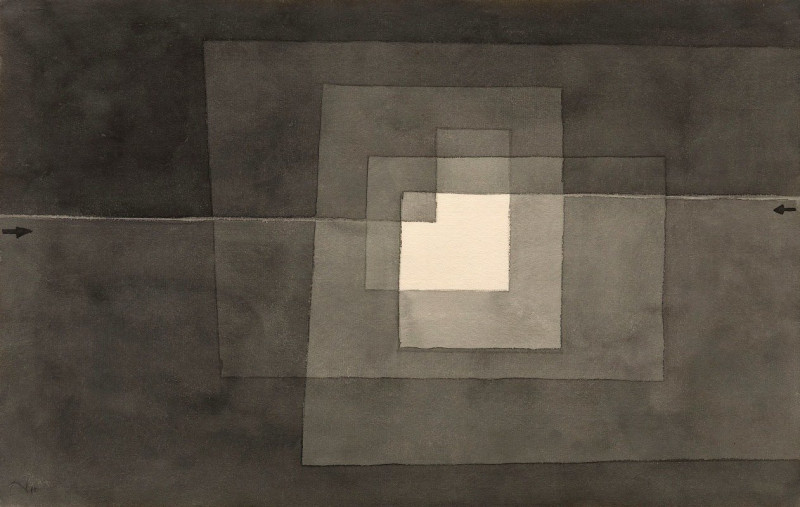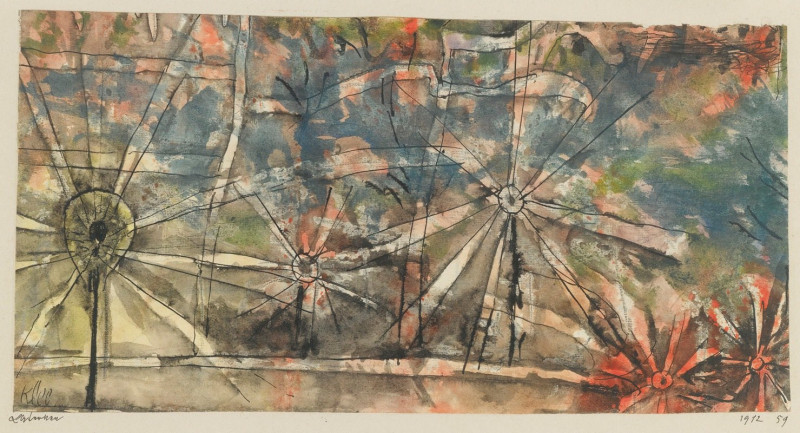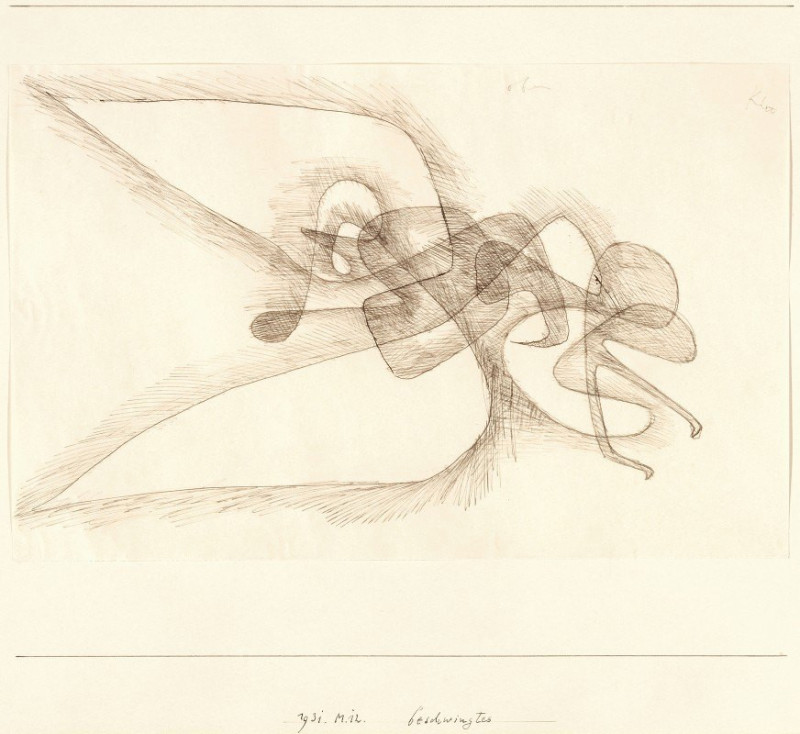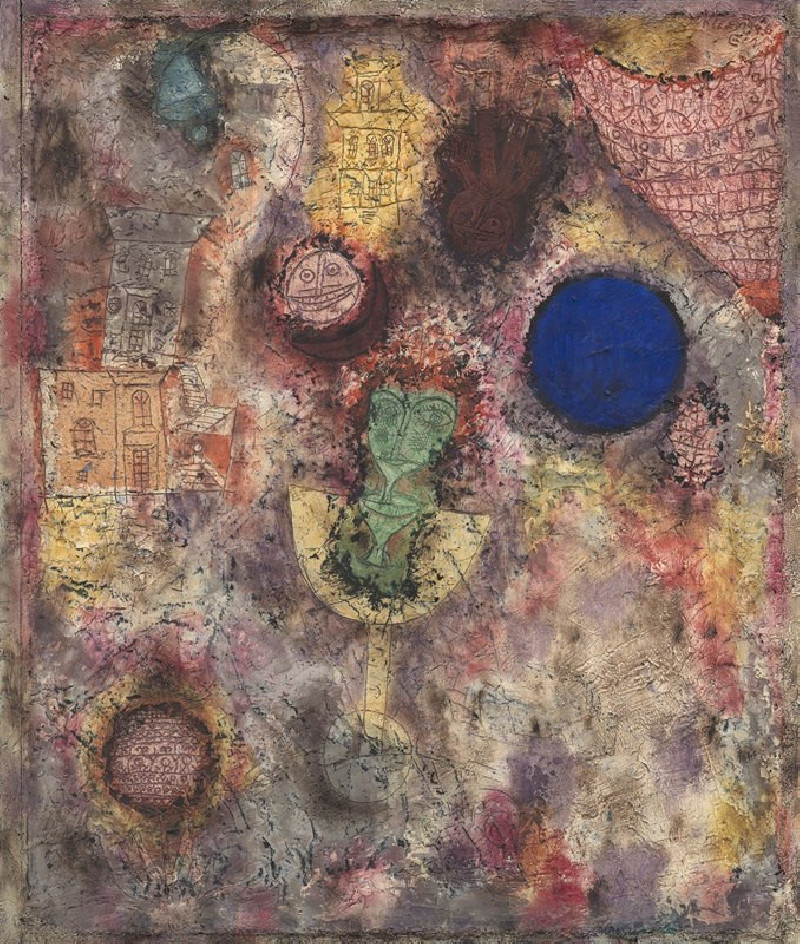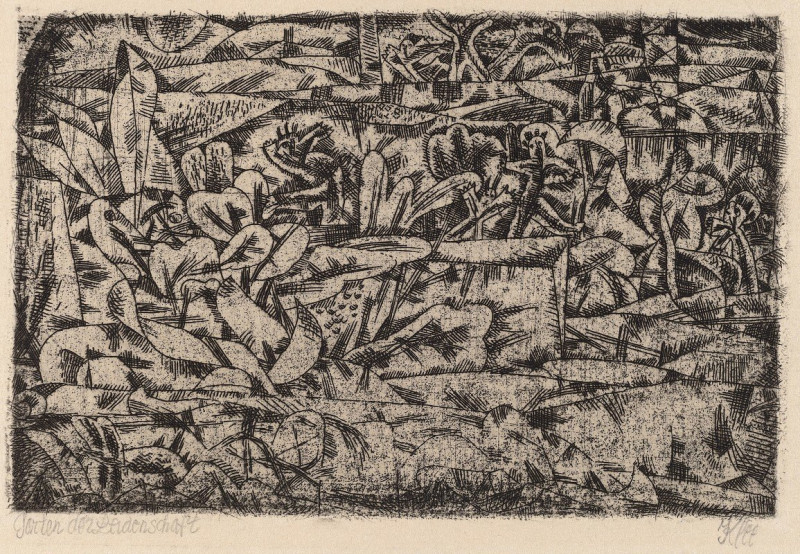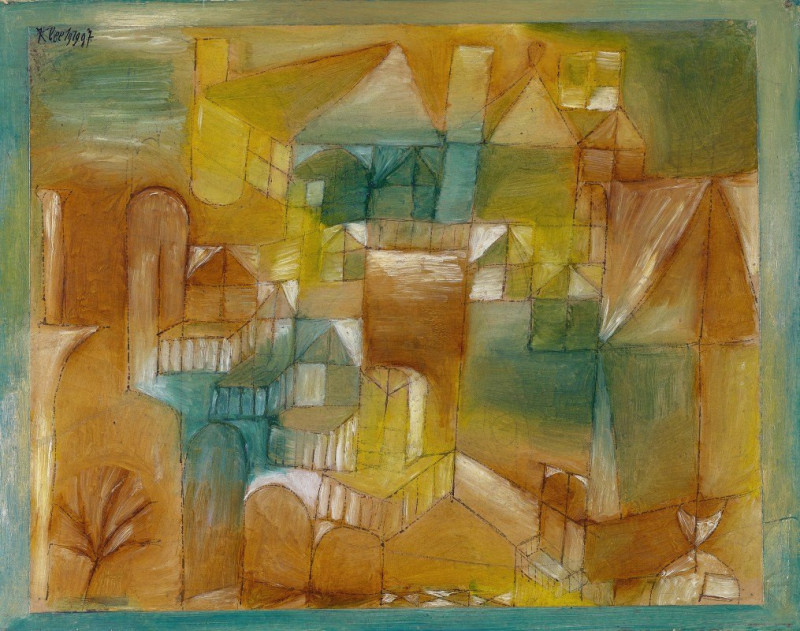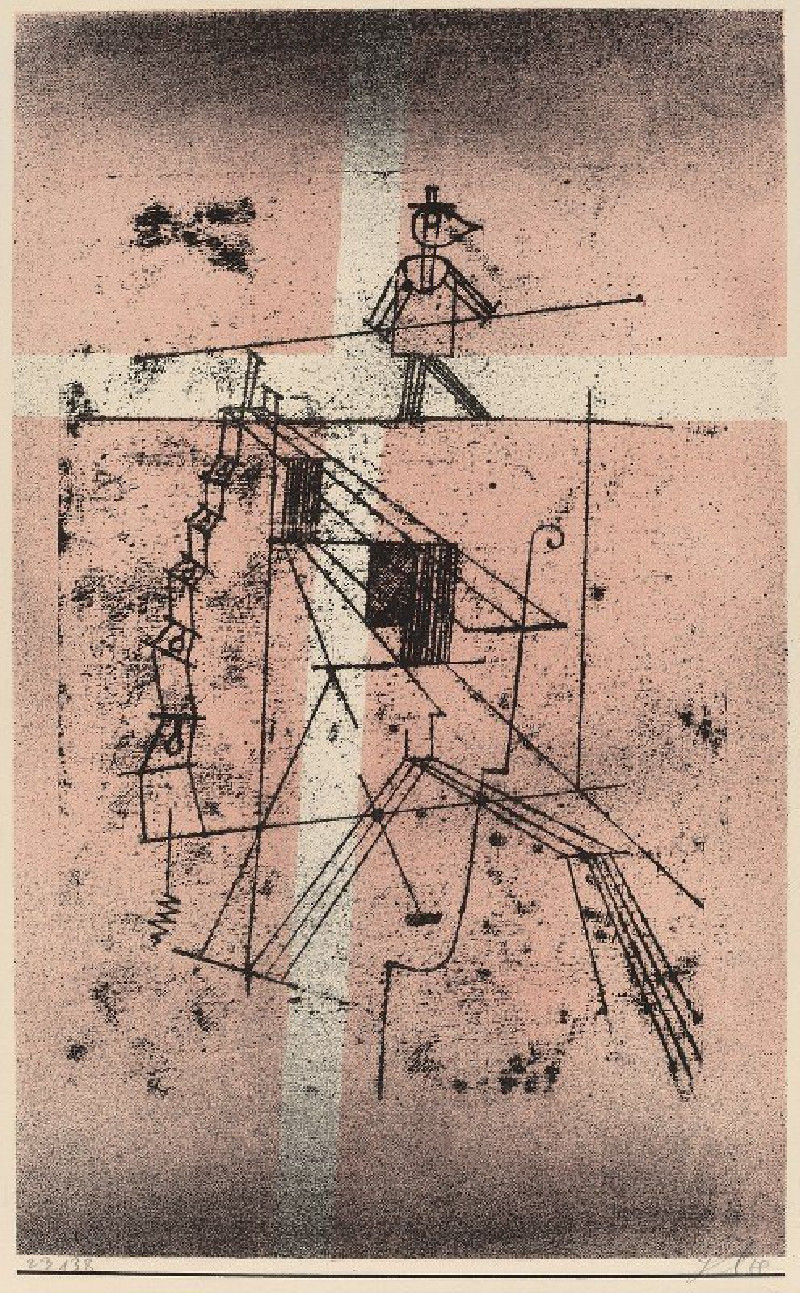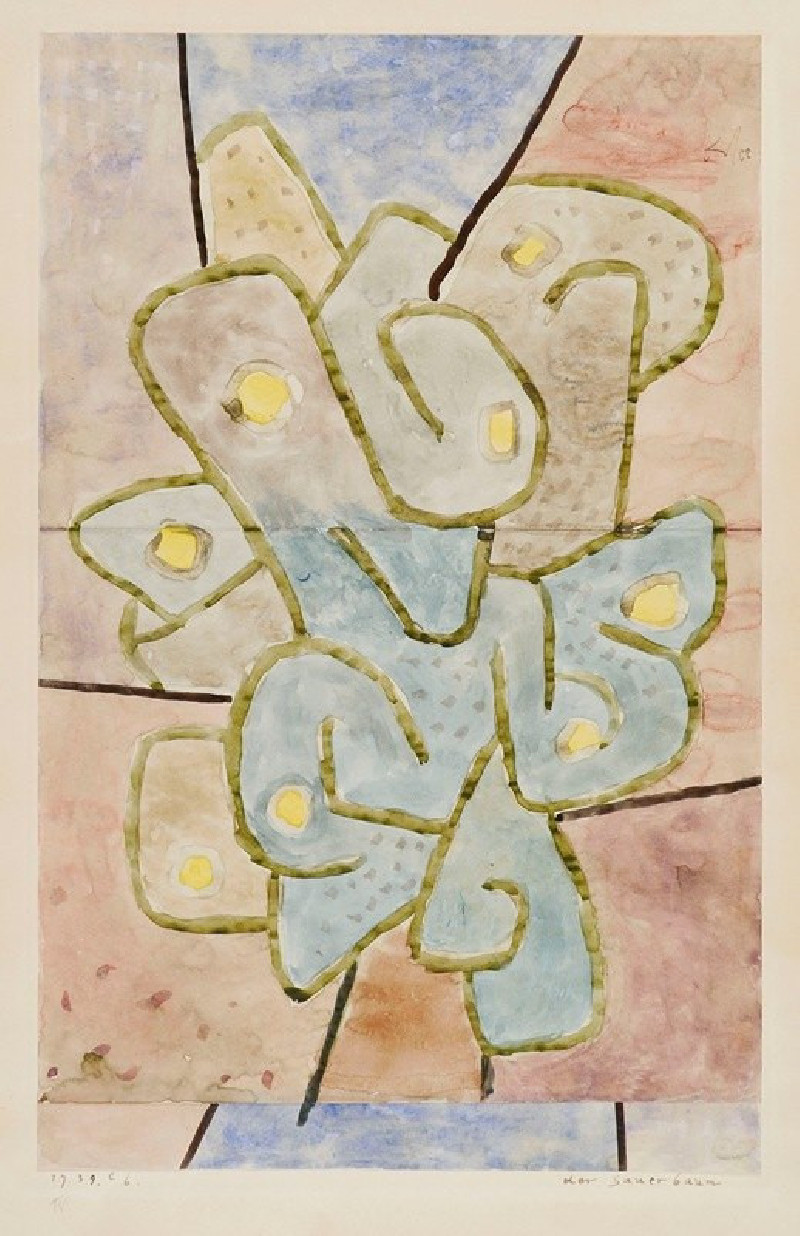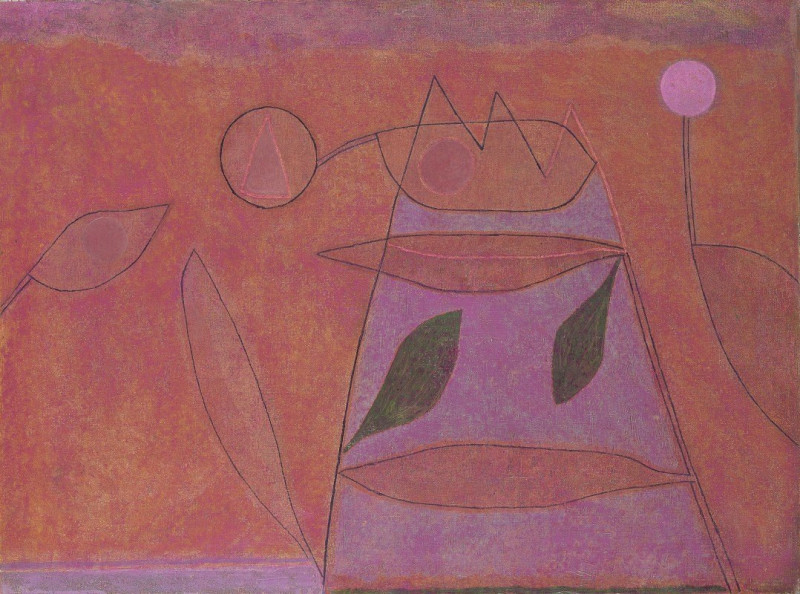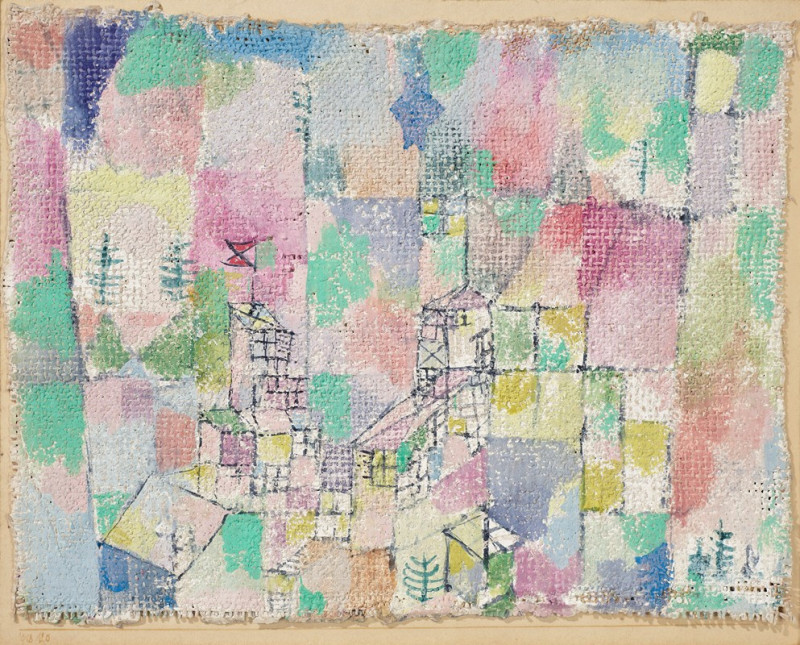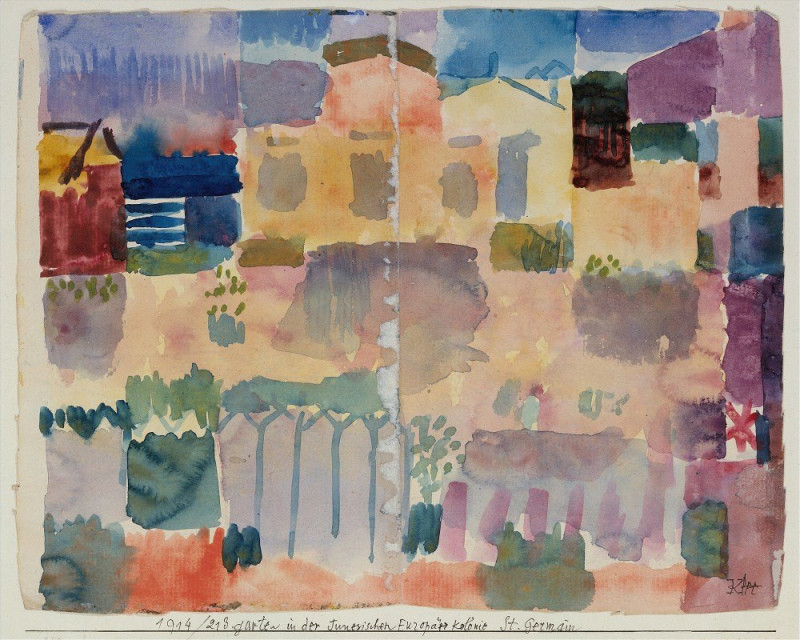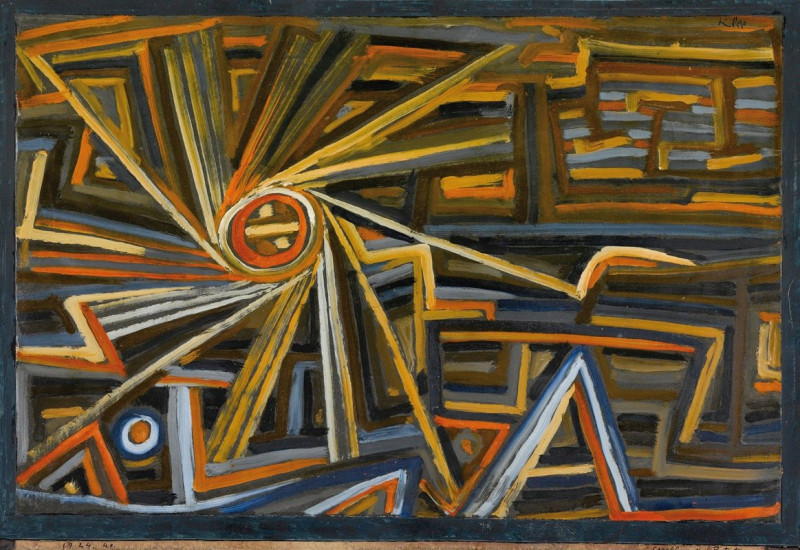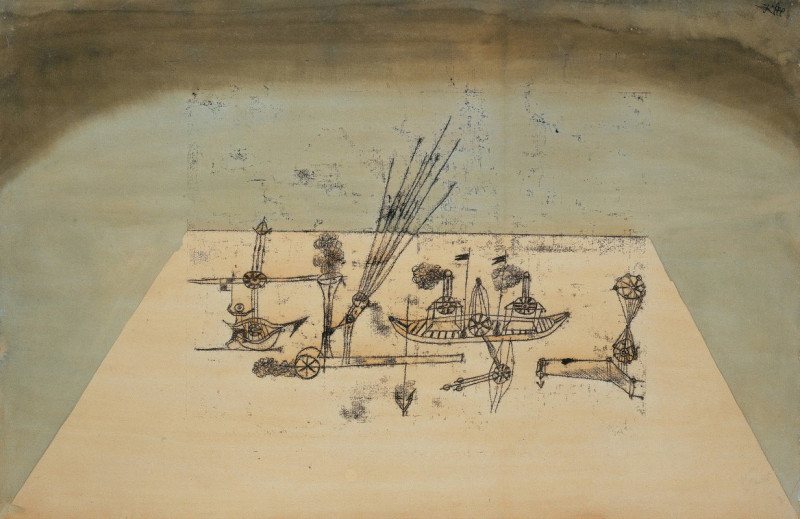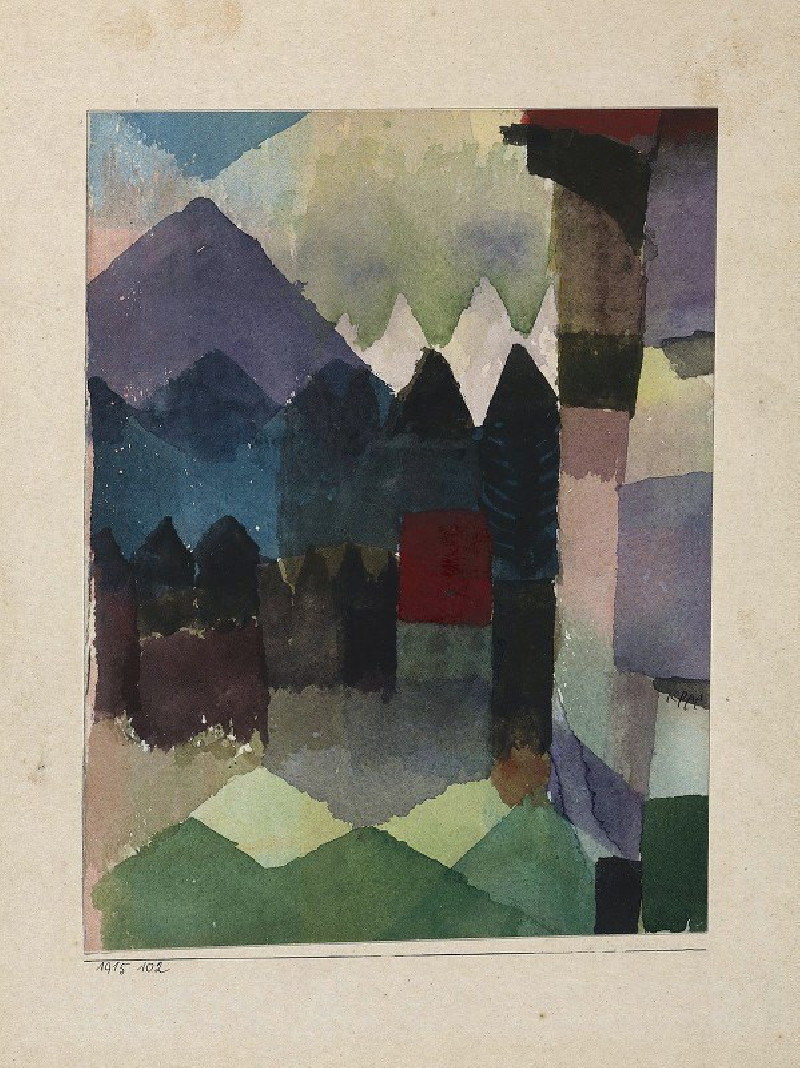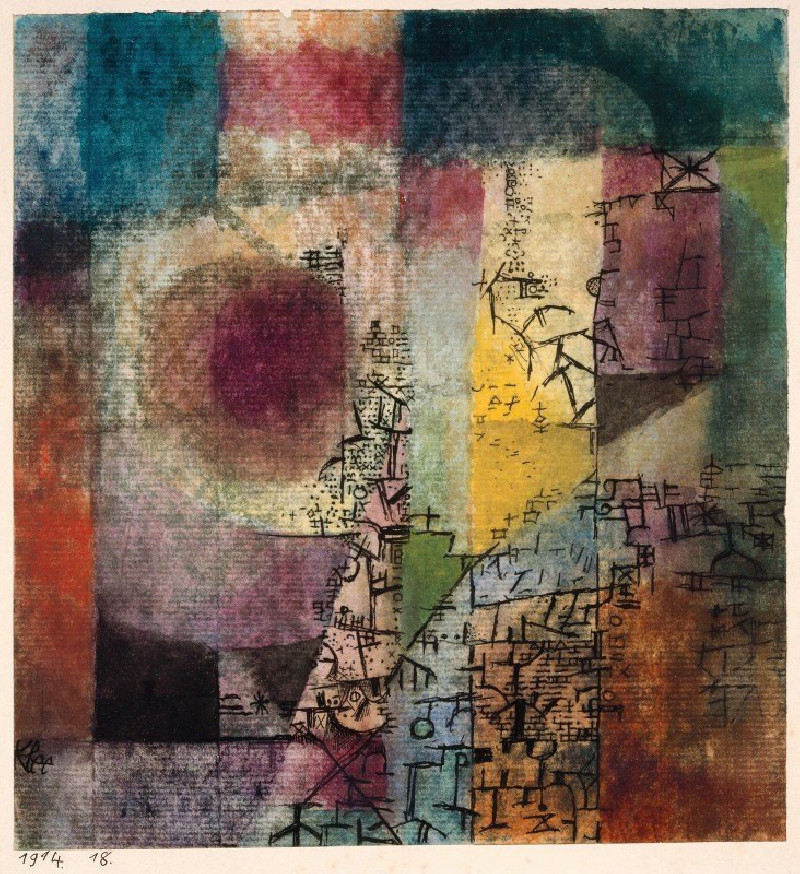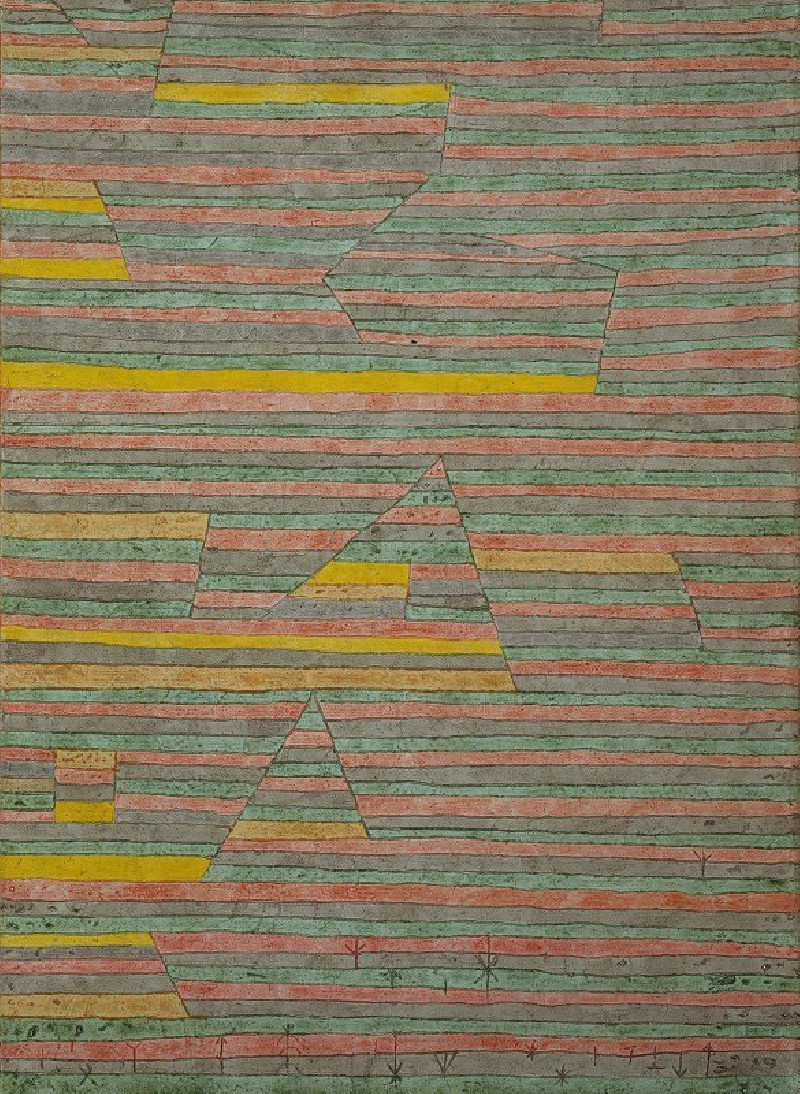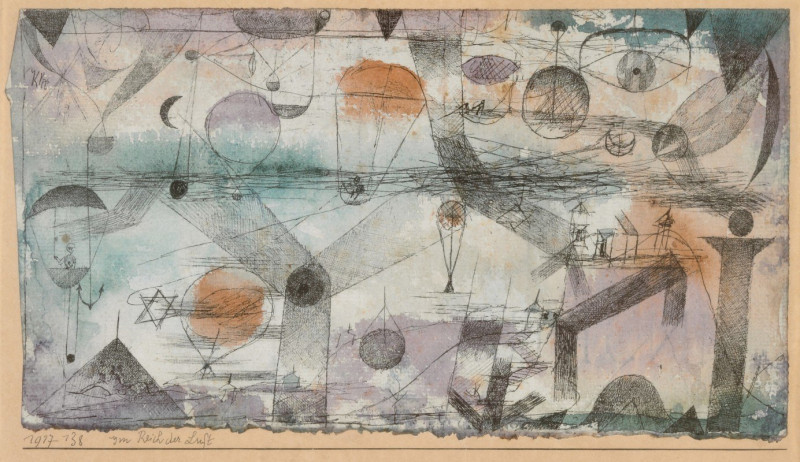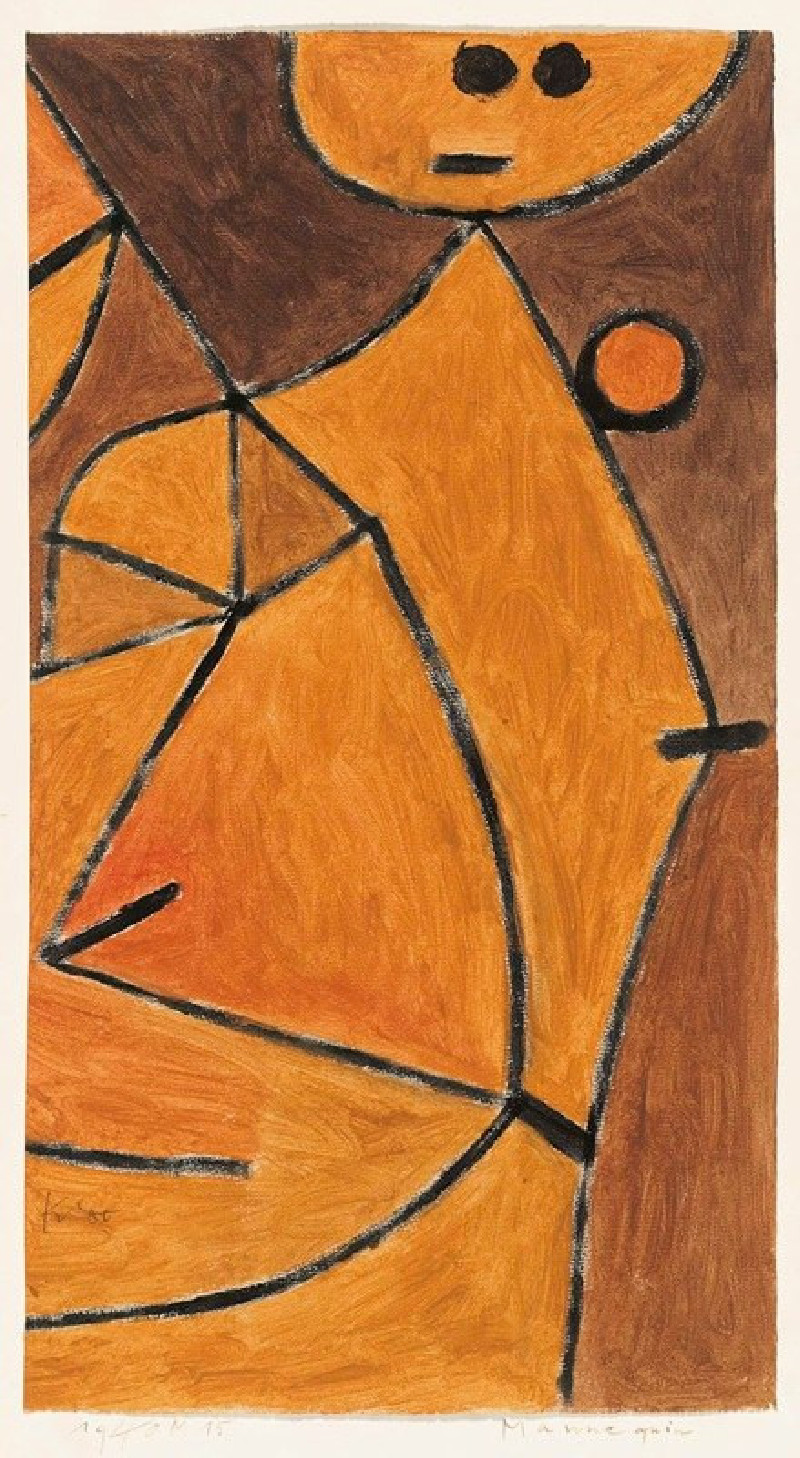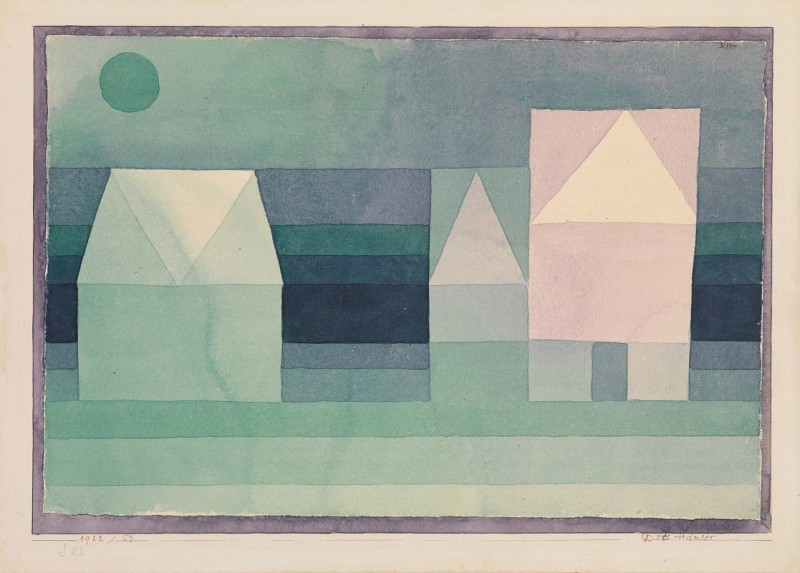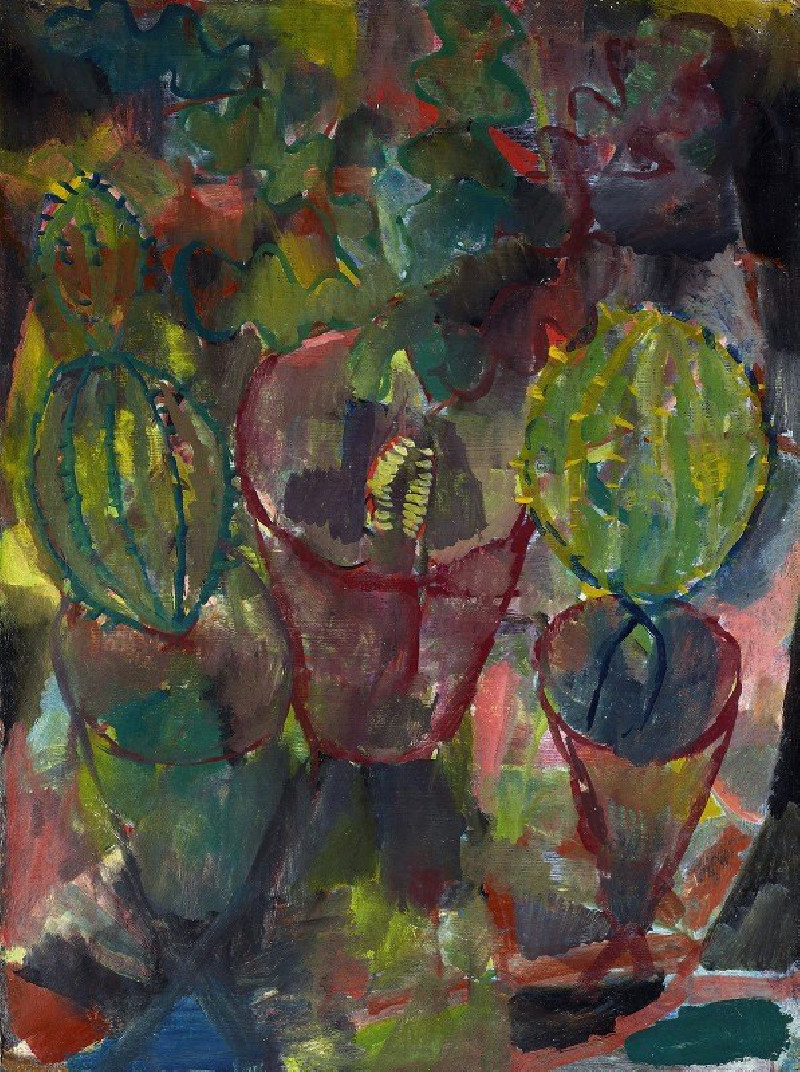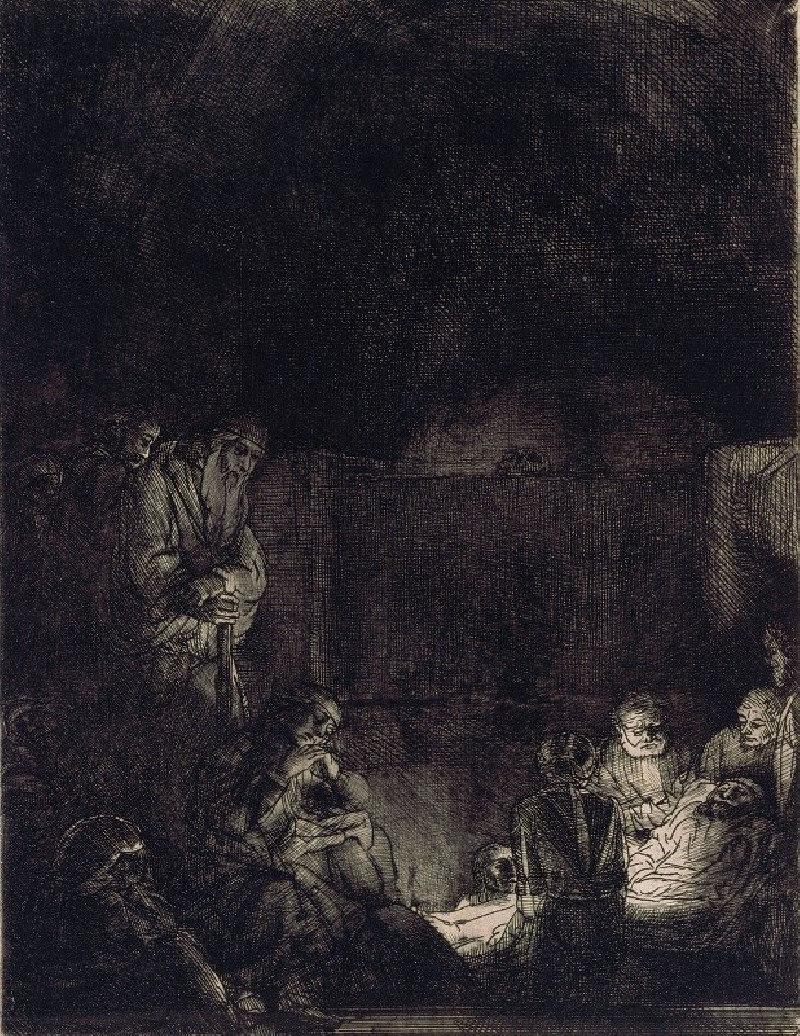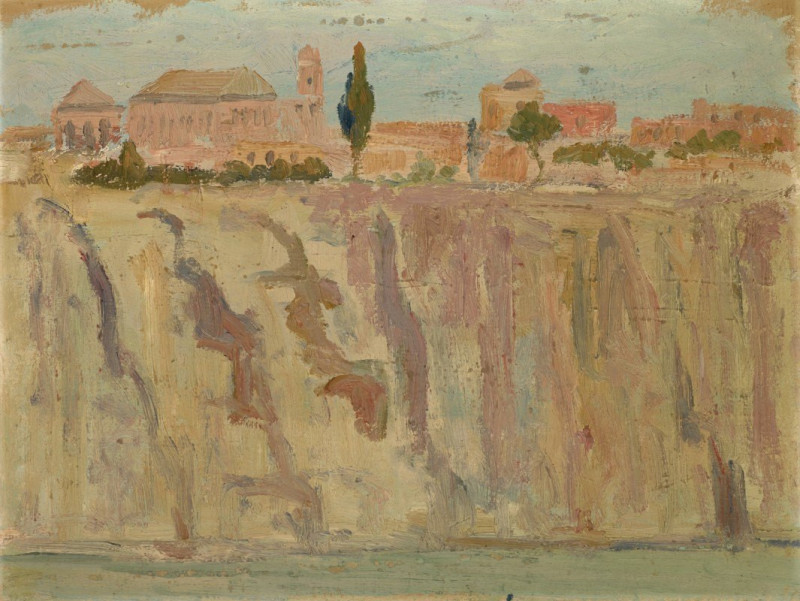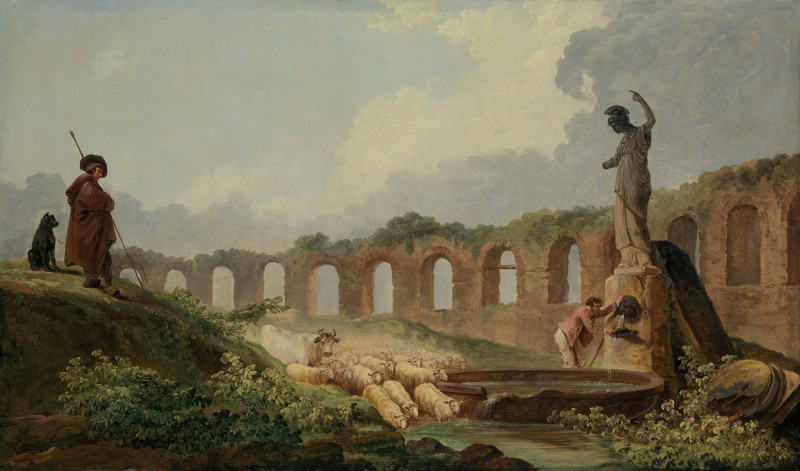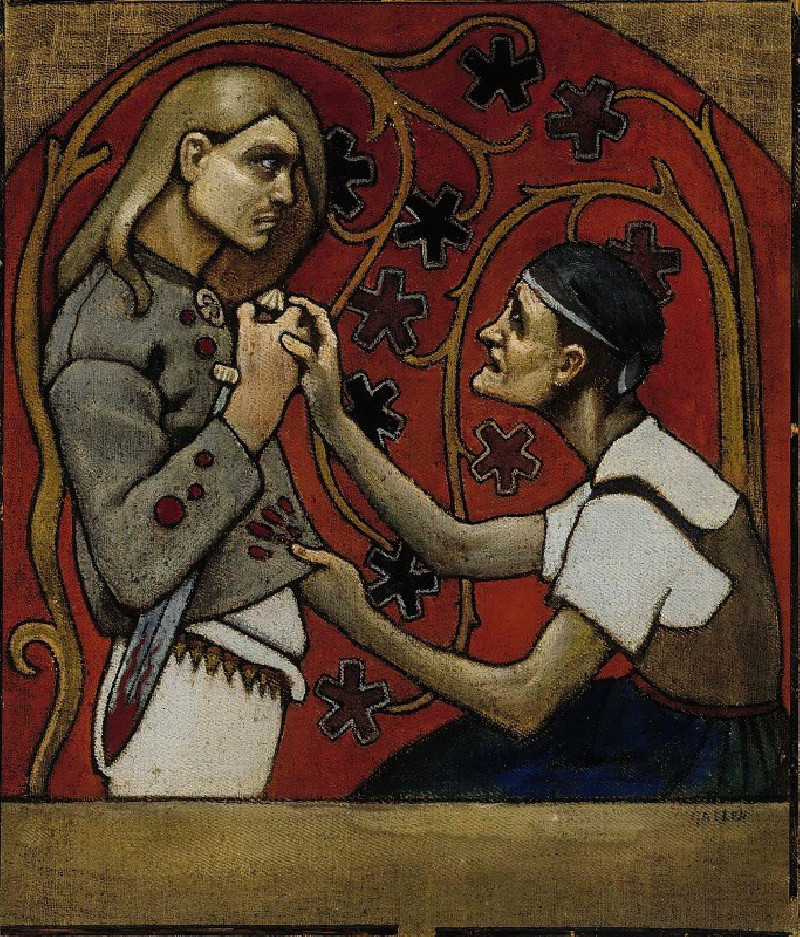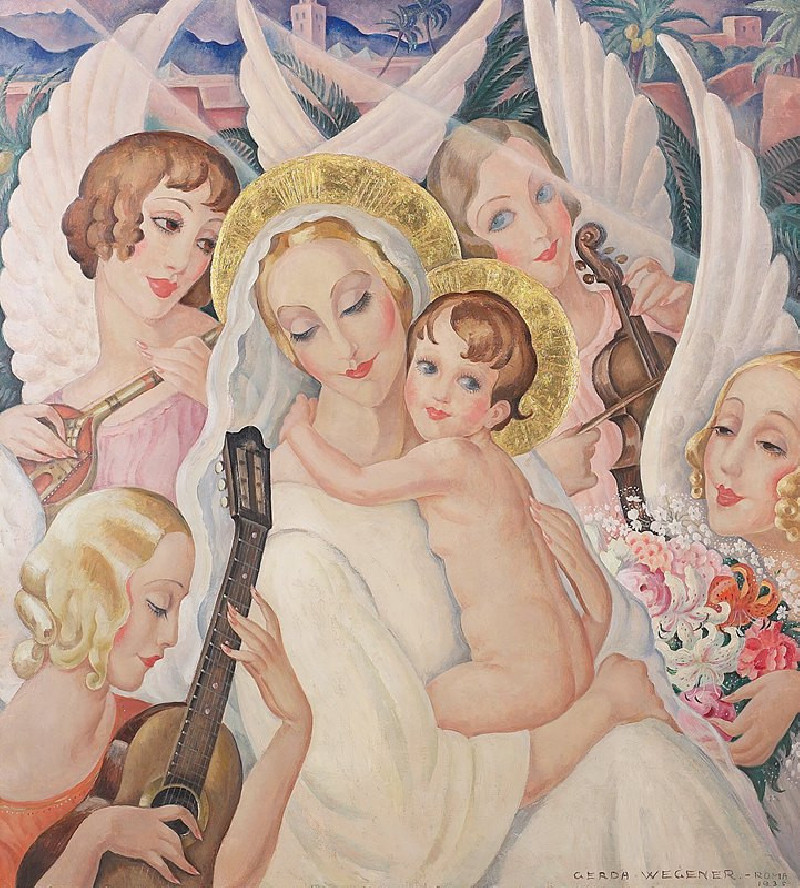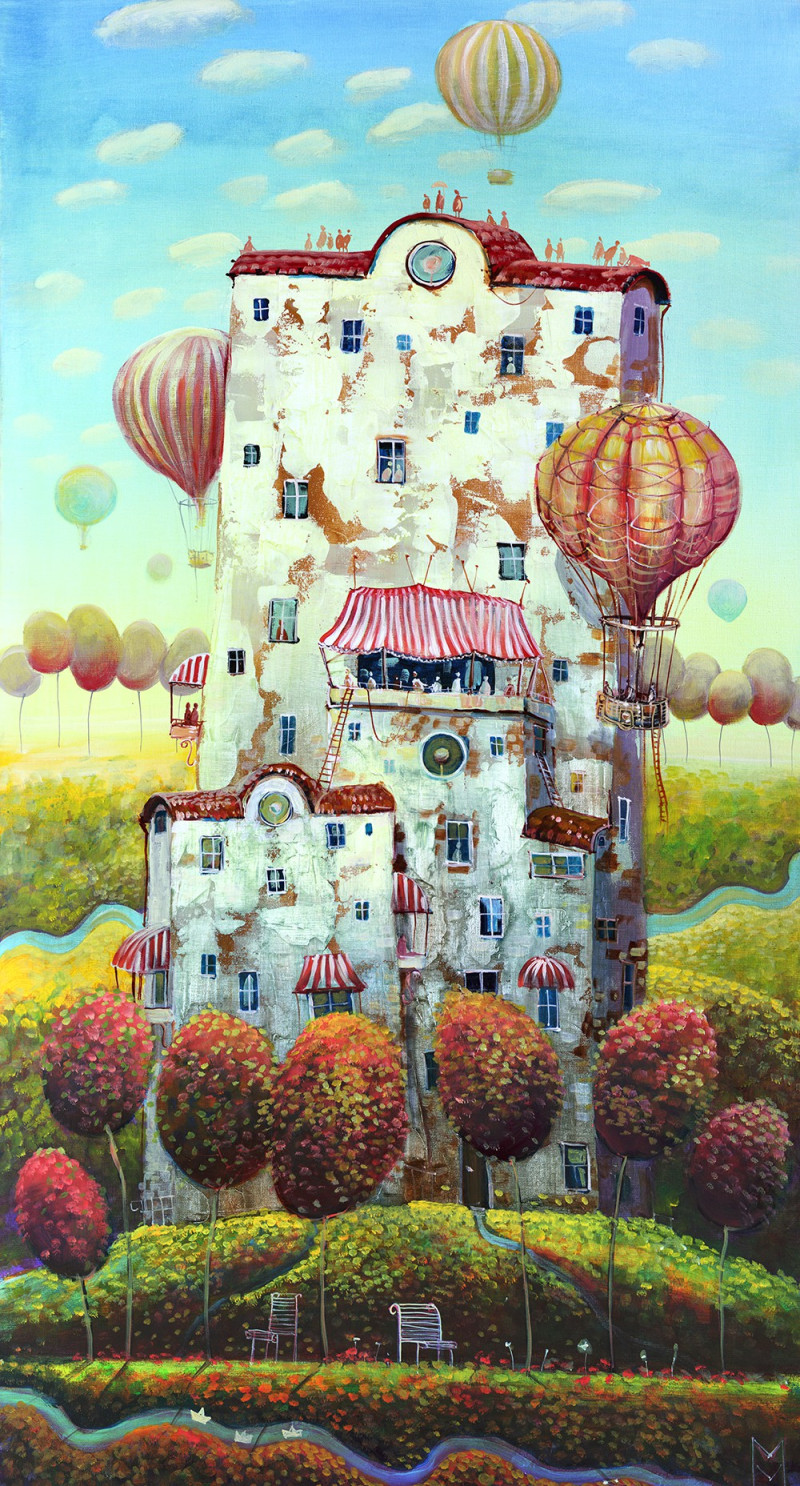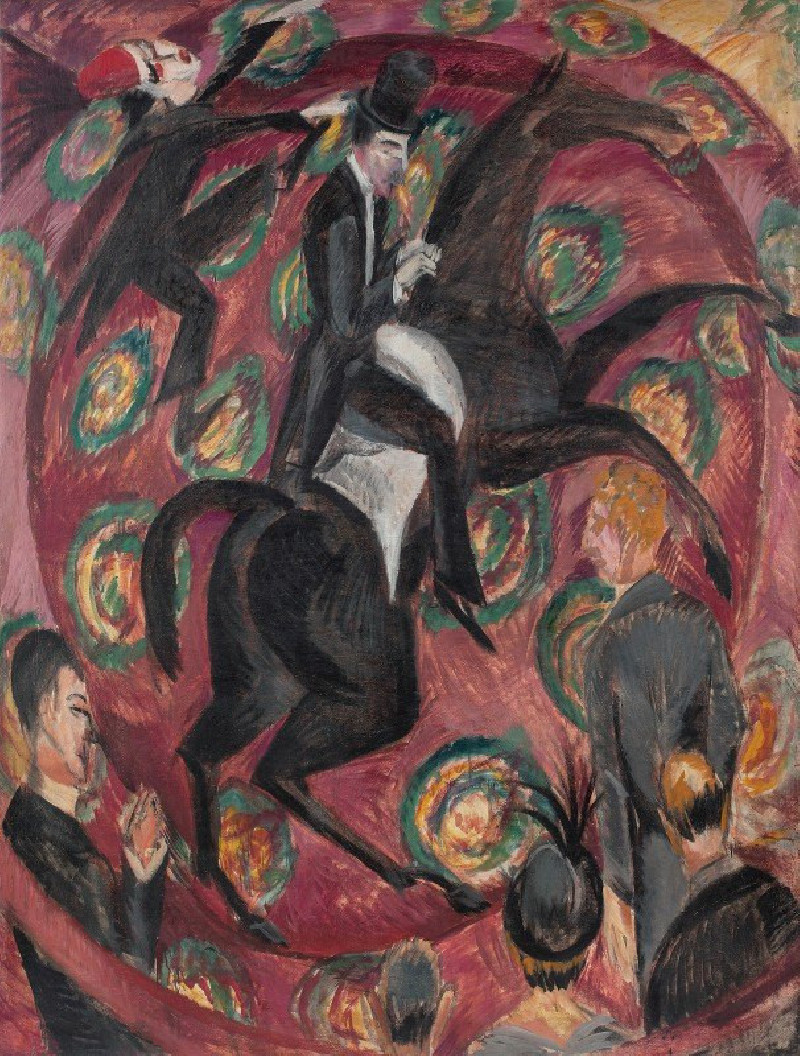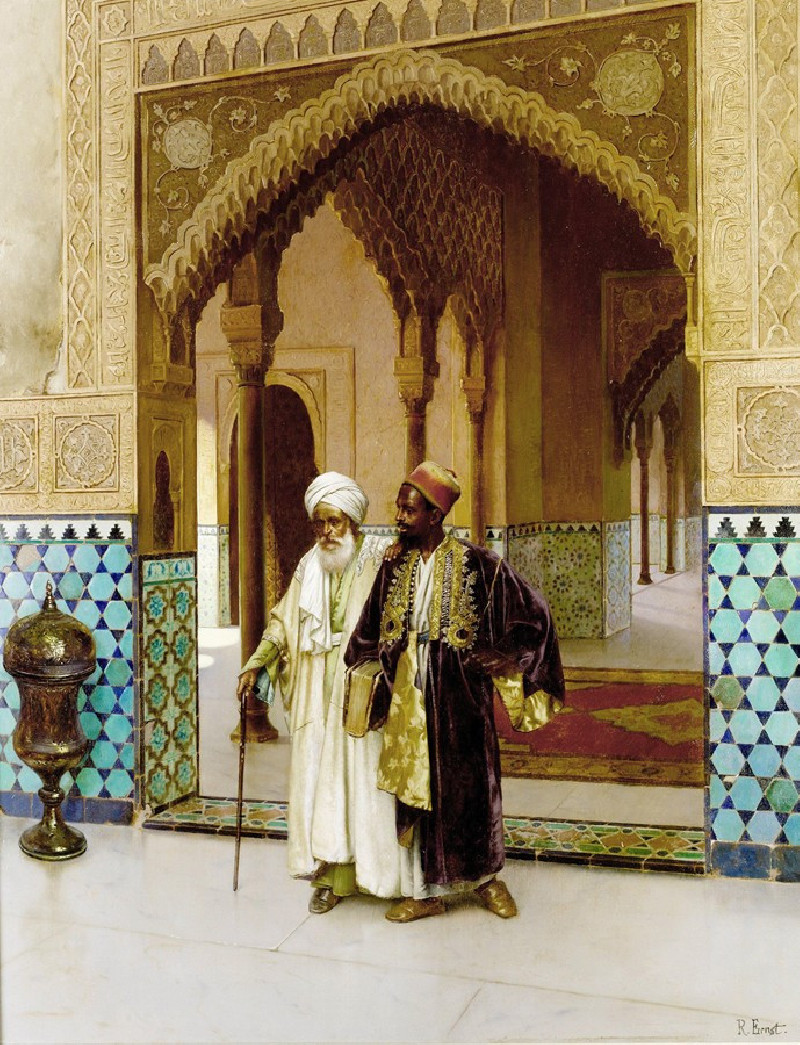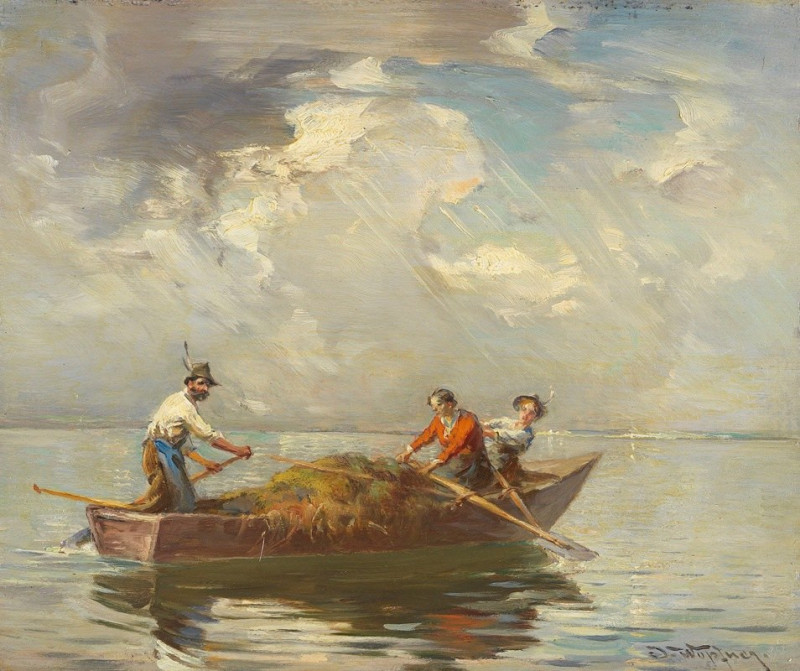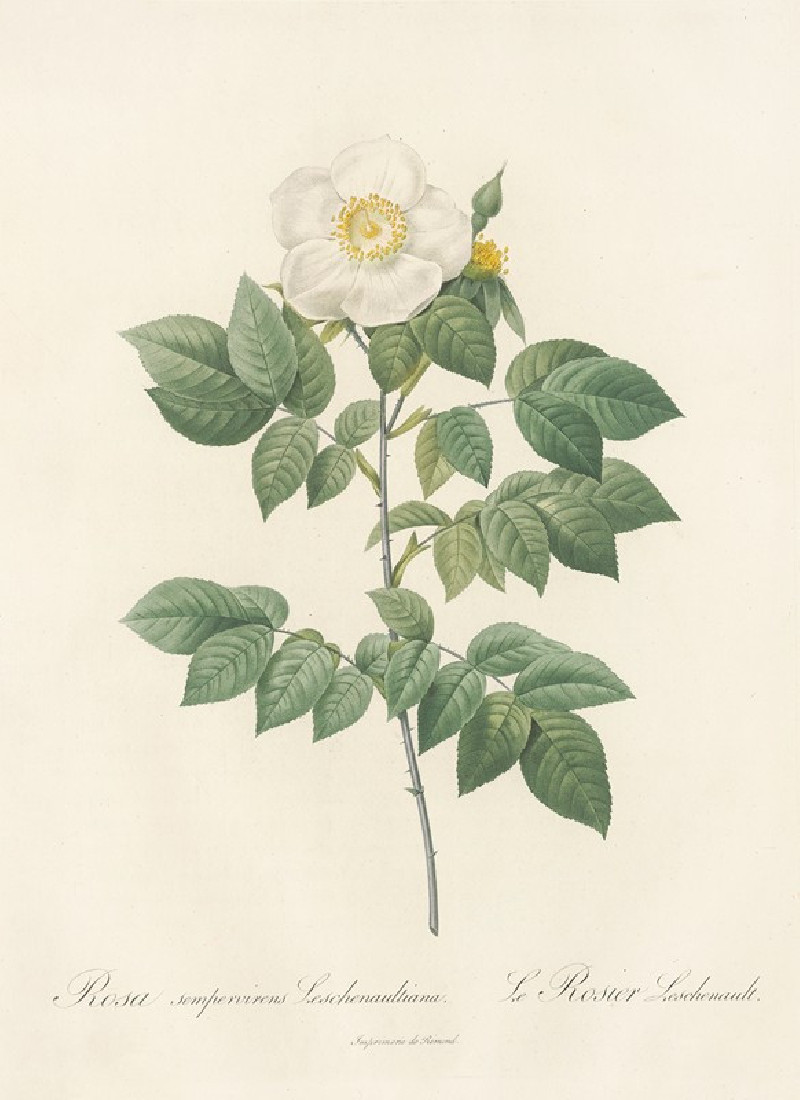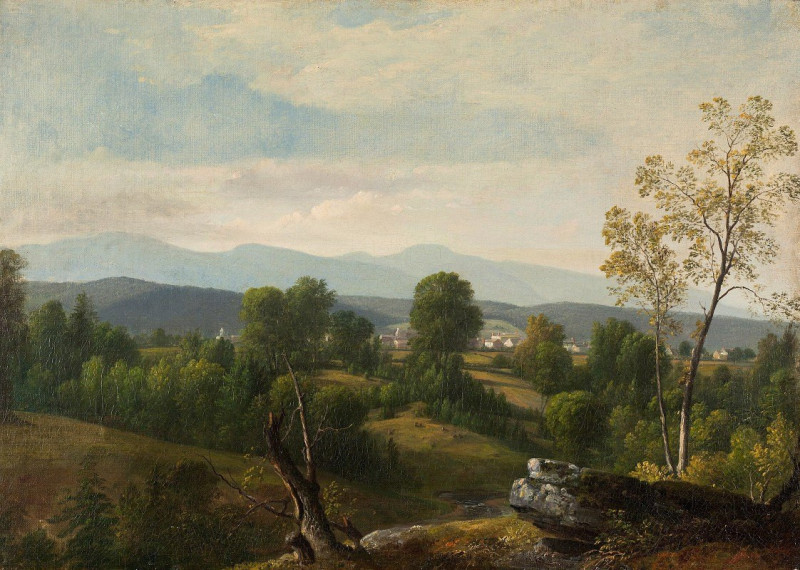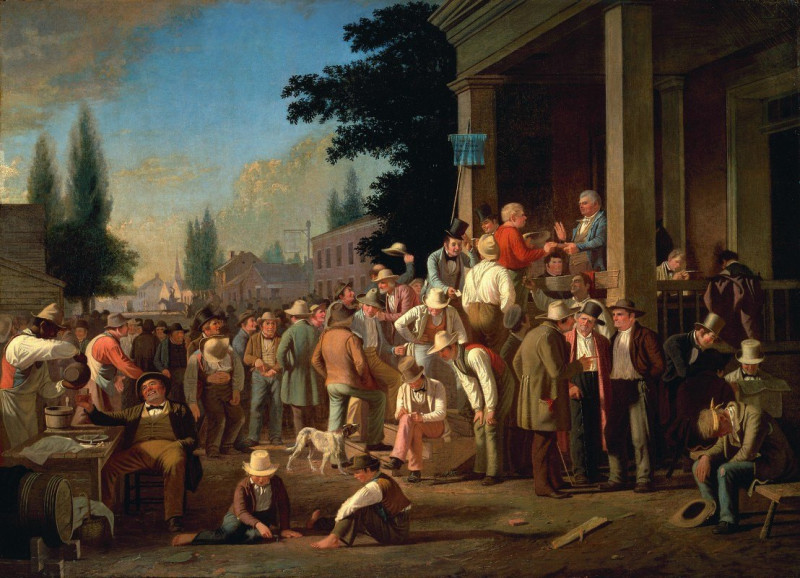Movement around a Child (1928)
Technique: Giclée quality print
Recommended by our customers
More about this artwork
"Movement around a Child" (1928) by Paul Klee is a captivating exploration of abstract forms and enigmatic symbolism. In this painting, Klee employs a muted palette with earthy tones and subtle textures to create an almost mystical atmosphere. Dominating the artwork is a central, child-like figure, suggested by a rounded form with a spiral motif, which might represent the innocence and purity at the heart of the composition.Curvilinear shapes and swirling lines envelop the central figure, suggesting movement and a dynamic flow around the child. These elements could be interpreted as protective forces or as the chaos and complexity of the world surrounding new life. The eyes marked on the figure give it a semblance of life, engaging the viewer directly.Klee's use of mixed media on fabric contributes to the textural depth of the piece, where the fabric's weave integrates seamlessly with the painting’s surface, enhancing the overall ethereal quality. This artwork invites viewers to delve into the abstract and interpret Klee's visual language, which balances between the simplicity of childhood and the profundity of abstract expression.
Delivery
Returns
Paul Klee was a Swiss-born German artist. His highly individual style was influenced by movements in art that included expressionism, cubism, and surrealism. Klee was a natural draftsman who experimented with and eventually deeply explored color theory, writing about it extensively; his lectures Writings on Form and Design Theory (Schriften zur Form und Gestaltungslehre), published in English as the Paul Klee Notebooks, are held to be as important for modern art as Leonardo da Vinci's A Treatise on Painting for the Renaissance.


